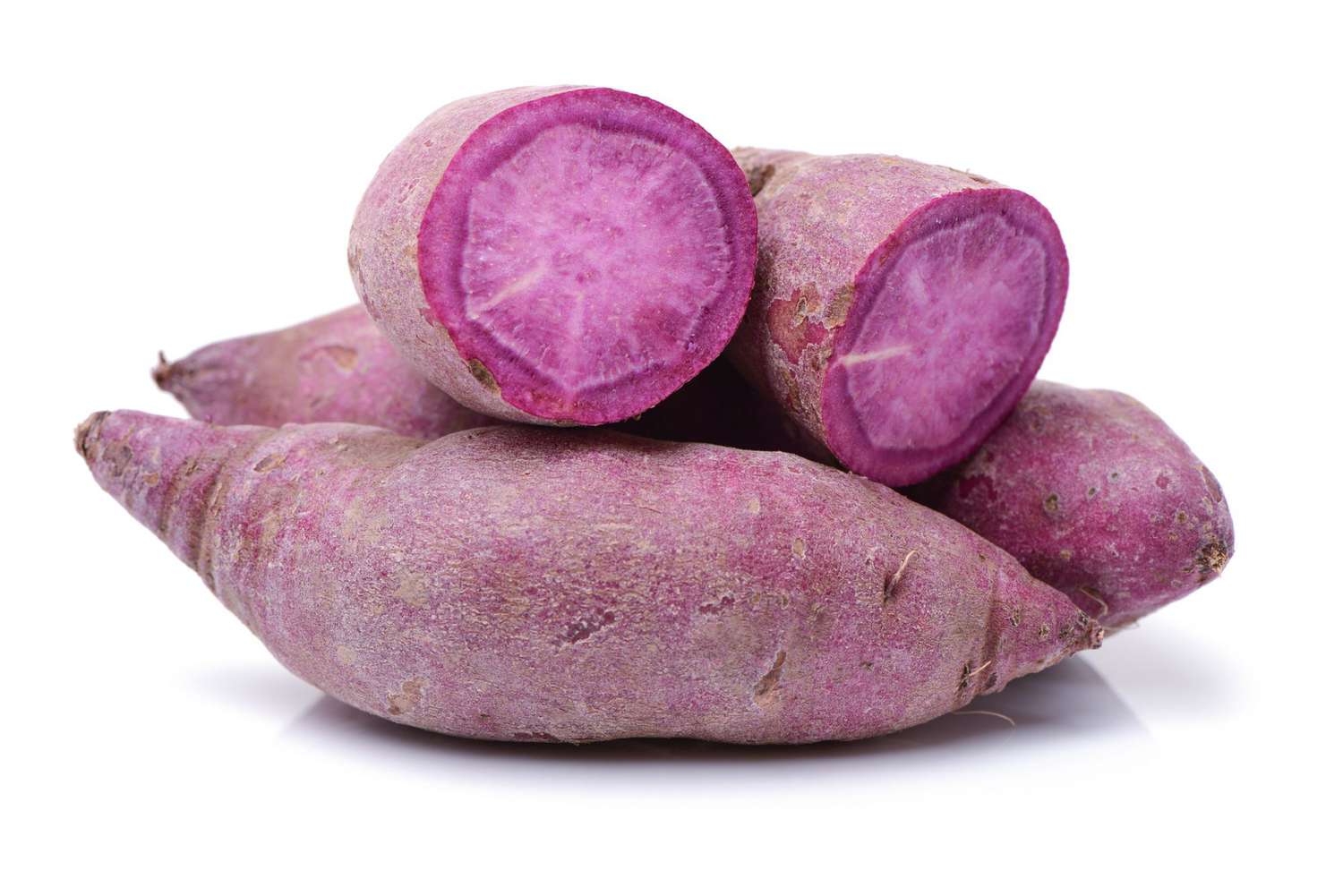

Articles
How To Store Yams
Modified: December 7, 2023
Learn the best techniques and tips for storing yams. Our articles cover everything you need to know to keep your yams fresh and delicious.
(Many of the links in this article redirect to a specific reviewed product. Your purchase of these products through affiliate links helps to generate commission for Storables.com, at no extra cost. Learn more)
Introduction
Yams are a versatile and nutritious root vegetable that can be enjoyed in a variety of dishes. Whether you’ve harvested yams from your garden or bought them from a local market, proper storage is crucial to ensure their freshness and prevent spoilage. Storing yams correctly will also help you extend their shelf life, allowing you to enjoy their delicious flavor and health benefits for longer periods.
In this article, we will guide you through the process of storing yams to maintain their quality and freshness. We’ll provide step-by-step instructions on choosing the best yams, preparing them for storage, selecting appropriate storage containers, and maintaining the ideal storage conditions. Additionally, we’ll discuss how to monitor stored yams, prevent spoilage and decay, as well as revive and cook stored yams when you’re ready to enjoy them.
By following these simple guidelines, you’ll be able to store your yams effectively and make the most of your harvest or grocery purchase. So let’s dive in and learn how to store yams to preserve their flavor and nutritional value!
Key Takeaways:
- Choose fresh, firm, and vibrant yams for extended shelf life. Properly prepare, store in breathable containers, and monitor for mold and sprouting to maintain freshness and flavor.
- Revive dehydrated yams by soaking, then peel, cut, and cook using various methods and flavors. Store leftovers in the refrigerator for 3 to 5 days.
Read more: How To Store Yams And Sweet Potatoes
Step 1: Choosing Fresh Yams
When it comes to storing yams, selecting the right ones from the start is essential. Choosing fresh yams will ensure that they have a longer shelf life and maintain their quality during storage. Here are some tips to keep in mind when choosing fresh yams:
- Appearance: Look for yams that are firm, smooth, and free from blemishes. Avoid yams that have soft spots, bruises, or signs of mold.
- Size: Opt for yams that are medium to large in size. Smaller yams may be more tender, but they tend to dry out and spoil more quickly during storage.
- Color: Choose yams with a vibrant, uniform color. They should have a rich, reddish-brown or purple skin, depending on the variety. Avoid yams with dull or discolored skin, as this may indicate age or spoilage.
- Weight: Pick up the yams and feel their weight. Fresh yams should feel heavy for their size, indicating the presence of moisture and a dense flesh.
- Scent: Give the yams a gentle sniff. They should have a pleasant, earthy aroma. Avoid yams with a sour or off-putting smell, as this could be a sign of decay.
Remember to inspect each yam individually and handle them with care to avoid damaging the skin or bruising the flesh. By choosing fresh, high-quality yams, you’re setting the foundation for successful storage and prolonged freshness.
Step 2: Preparing Yams for Storage
Before you store yams, it’s important to properly prepare them to ensure their longevity and prevent any potential issues during storage. Follow these steps to prepare yams for storage:
- Cleaning: Start by gently scrubbing the yams under cool running water to remove any dirt or debris from the skin. Use a vegetable brush or a soft cloth to ensure a thorough clean. Avoid using soap or harsh chemicals, as they can affect the flavor and spoilage of the yams.
- Drying: After cleaning, pat the yams dry with a clean towel. Removing excess moisture will help prevent the growth of mold or rot during storage.
- Trimming: Inspect the yams for any damage or blemishes. If you spot any soft spots, cuts, or bruises, carefully trim them away with a sharp knife. Cutting away damaged areas will prevent them from spreading and causing the yams to spoil quickly.
- Curing (optional): While not necessary, curing yams can help improve their flavor and sweetness. To cure yams, place them in a warm, well-ventilated area for about 10 to 14 days. This process allows the yams’ starches to convert into sugars, enhancing their taste. However, if you’re planning to use the yams within a few weeks, curing may not be necessary.
By following these preparation steps, you’re ensuring that your yams are clean, dry, and free from any potential sources of decay. This will help maintain their quality and reduce the risk of spoilage during storage.
Step 3: Selecting Storage Containers
Choosing the right storage containers for your yams is crucial in maintaining their freshness and preventing damage. Here are some factors to consider when selecting storage containers for your yams:
- Airflow: Yams require proper airflow to prevent moisture buildup and avoid rot. Therefore, it’s important to choose containers that allow air to circulate. Avoid using airtight containers, as they can trap moisture and accelerate spoilage.
- Size: Select containers that are spacious enough to accommodate your yams without overcrowding. Overcrowding can lead to bruising and faster spoilage. It’s best to store yams in a single layer, with space between them to promote air circulation and prevent them from touching.
- Material: Opt for containers made of breathable materials such as mesh bags or shallow baskets. These materials allow for proper ventilation and help regulate humidity levels. Avoid using plastic bags or containers without ventilation holes, as they can trap moisture and promote rot.
- Darkness: Yams are sensitive to light exposure, which can cause them to sprout or turn green. Therefore, choose storage containers that are opaque or store the yams in a dark pantry or cellar to minimize light exposure.
Keep in mind that the best storage containers for yams are those that provide proper air circulation, ample space, and darkness to maintain their quality and extend their shelf life. By selecting the right containers, you’ll create an optimal environment for your yams to stay fresh and flavorful.
Step 4: Proper Storage Conditions
Creating the ideal storage conditions for yams is crucial to maintain their freshness and prevent spoilage. Here are the key factors to consider for proper yam storage:
- Temperature: Yams should be stored at a cool temperature, ideally between 50 to 60°F (10 to 15°C). Avoid storing yams in areas that are too warm, such as near heat sources or in direct sunlight, as higher temperatures can cause them to sprout or spoil more quickly.
- Humidity: The optimal humidity range for yams is around 85 to 90%. However, it’s important to strike a balance. If the environment is too humid, yams may develop mold or rot. If it’s too dry, they may shrivel up and lose moisture. To maintain the right humidity, you can place a shallow tray of water near the yams or use a humidifier in the storage area.
- Ventilation: Adequate ventilation is essential to prevent moisture buildup and maintain air circulation. Ensure that the storage area has good airflow. If using containers, choose ones that allow the yams to breathe, such as mesh bags or baskets.
- Darkness: As mentioned earlier, yams should be stored in a dark environment to prevent them from sprouting or turning green. Avoid exposing yams to light, as it can negatively affect their quality and taste.
It’s important to regularly check the storage conditions to ensure they remain optimal. Monitor the temperature, humidity, and ventilation of the storage area. Make any necessary adjustments to maintain the best possible environment for your yams.
By providing the proper storage conditions, you’re maximizing the shelf life of your yams and ensuring they stay fresh, flavorful, and nutritious for an extended period.
Store yams in a cool, dark place with good ventilation, such as a pantry or cellar. Avoid storing them in the refrigerator, as the cold temperature can cause them to develop a hard core.
Read more: How To Cook Candied Yams On Stove Top
Step 5: Monitoring Stored Yams
Once you have stored your yams, it’s important to regularly monitor them to ensure they remain in good condition. By keeping a close eye on your stored yams, you can catch any signs of spoilage or deterioration early on. Here are some key points to consider when monitoring your stored yams:
- Check for Mold: Regularly inspect your yams for any signs of mold growth. Mold can quickly spread and spoil the entire batch of yams. If you notice any moldy spots, promptly remove the affected yams and discard them to prevent further contamination.
- Look for Sprouting: Yams have the tendency to sprout if stored for extended periods. Sprouting can affect the texture and flavor of the yams. Check for any signs of sprouting and remove any sprouted yams to preserve the quality of the remaining ones.
- Monitor Moisture Levels: Keep an eye on the moisture levels in the storage area. Excessive moisture can lead to decay and rot, while overly dry conditions can result in shriveled and dehydrated yams. Adjust the humidity levels as needed to maintain an optimal environment.
- Inspect for Soft Spots: Regularly examine your stored yams for any soft spots or areas of decay. If you notice any soft or mushy areas, remove those yams immediately to prevent the spoilage from spreading to the rest.
- Check for Odor: Pay attention to any unusual or foul odors coming from the storage area or the yams themselves. A pungent or unpleasant smell could indicate spoilage or bacterial growth.
- Rotate the Yams: To ensure even airflow and minimize the risk of bruising, periodically rotate the yams in the storage containers. This will help maintain their quality and prevent any potential damage.
By regularly monitoring your stored yams, you can catch any issues early and take appropriate actions to prevent spoilage or deterioration. This will help you enjoy fresh and delicious yams for a longer period of time.
Step 6: Preventing Spoilage and Decay
To ensure your stored yams remain fresh and free from spoilage, it’s important to take proactive measures to prevent decay. By following these tips, you can minimize the risk of spoilage and extend the shelf life of your yams:
- Handle With Care: When handling yams, be gentle to avoid causing any bruises or damage. Rough handling can lead to accelerated decay and spoilage.
- Avoid Stacking: Stacking yams on top of each other can increase the chances of bruising or damaging the skin. Store them in a single layer to allow for proper airflow and minimize the risk of spoilage.
- Regular Inspection: Check on your stored yams regularly to identify any signs of decay or spoilage. Promptly remove any yams that show mold, mushiness, or foul odor.
- Separate Damaged Yams: If you notice any yams with bruises, cuts, or soft spots, separate them from the rest. Damaged yams can spoil faster and affect the quality of the others. Use these yams first before they deteriorate further.
- Avoid Moisture Buildup: Excessive moisture can lead to mold growth and rot. Ensure proper ventilation in the storage area and avoid storing yams in plastic bags or airtight containers that can trap moisture. Place a tray or absorbent material in the storage area to absorb excess moisture.
- Regularly Clean Storage Containers: Clean the storage containers or baskets regularly to remove any dirt or debris that may promote decay. Ensure they are thoroughly dried before placing the yams back in.
- Use Them in a Timely Manner: Even with proper storage, yams will eventually start to deteriorate. Plan to use them within a reasonable time frame to enjoy their optimum freshness and taste.
By following these prevention methods, you can prolong the shelf life of your stored yams and reduce the chances of spoilage and decay. With proper care, your yams can stay fresh and delicious for an extended period.
Step 7: Reviving and Cooking Stored Yams
When you’re ready to enjoy your stored yams, it’s important to know how to revive and cook them properly to bring out their delicious flavors. Here are some steps to revive and cook your stored yams:
- Reviving: If your stored yams have become slightly shriveled or dehydrated, you can revive them by soaking them in water for 30 minutes to an hour. This will help rehydrate the yams and restore their texture.
- Peeling and Cutting: Once the yams are revived, peel off the skin using a vegetable peeler or a knife. Cut the yams into desired shapes, such as cubes, slices, or wedges, depending on your recipe.
- Cooking Methods: Yams can be cooked in various ways, including baking, boiling, roasting, steaming, or mashing. The cooking method will depend on your recipe or personal preference. Baking and roasting enhance the natural sweetness of yams, while boiling and steaming are great for softer, mashed yams.
- Flavoring: Add flavor to your cooked yams with various seasonings and spices. Common options include cinnamon, nutmeg, brown sugar, honey, butter, or a sprinkle of salt. Experiment with different flavors to complement the natural taste of the yams.
- Recipe Ideas: Yams can be used in a wide range of dishes, such as yam fries, casseroles, soups, stews, pies, or even as a side dish. Explore different recipes to make the most of your stored yams and create delicious and nutritious meals.
- Storage of Cooked Yams: If you have leftover cooked yams, store them in an airtight container in the refrigerator. They can usually be safely stored for 3 to 5 days. To reheat, simply microwave or bake them until heated through.
By knowing how to properly revive and cook your stored yams, you can transform them into mouthwatering dishes that will delight your taste buds. Get creative in the kitchen and enjoy the versatility and deliciousness of your stored yams!
Conclusion
Properly storing yams is essential to preserve their freshness, flavor, and nutritional value. By following the step-by-step guidelines outlined in this article, you can ensure that your yams stay in optimal condition for an extended period.
From choosing fresh yams to preparing them for storage, selecting the right containers, and maintaining proper storage conditions, each step plays a crucial role in preserving the quality of your yams. Monitoring your stored yams and taking proactive measures to prevent spoilage and decay are key to maintaining their freshness. When you’re ready to enjoy your stored yams, reviving and cooking them using various methods and flavors will elevate their taste and provide you with delicious meals.
Remember to handle your yams with care, regularly inspect them, and create a well-ventilated and dark storage environment to keep them fresh. By following these best practices, you’ll be able to store your yams effectively and prolong their shelf life.
So, whether you’ve harvested yams from your garden or purchased them from a market, make the most of your yams by storing them correctly and enjoying their delectable taste and nutritional benefits throughout the year.
Frequently Asked Questions about How To Store Yams
Was this page helpful?
At Storables.com, we guarantee accurate and reliable information. Our content, validated by Expert Board Contributors, is crafted following stringent Editorial Policies. We're committed to providing you with well-researched, expert-backed insights for all your informational needs.



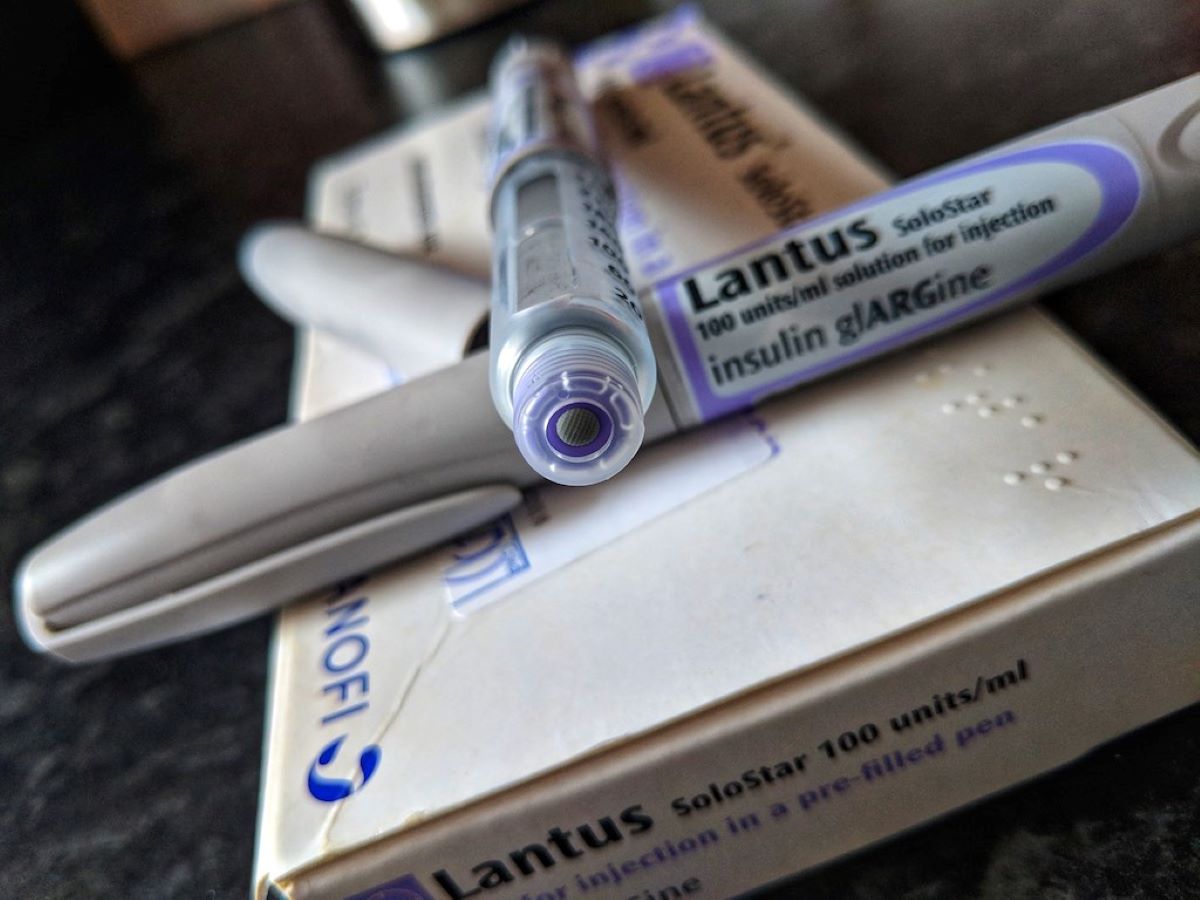
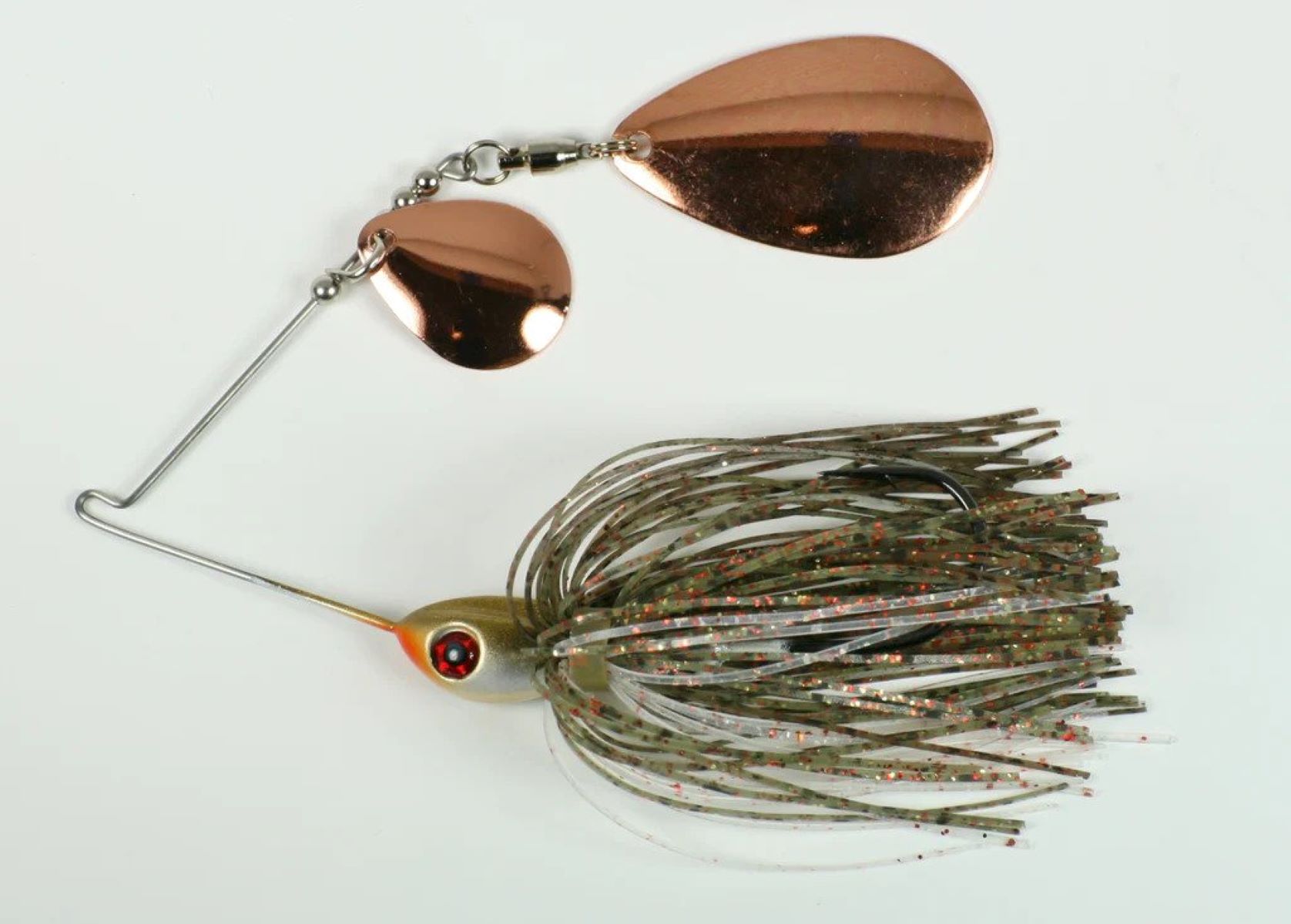
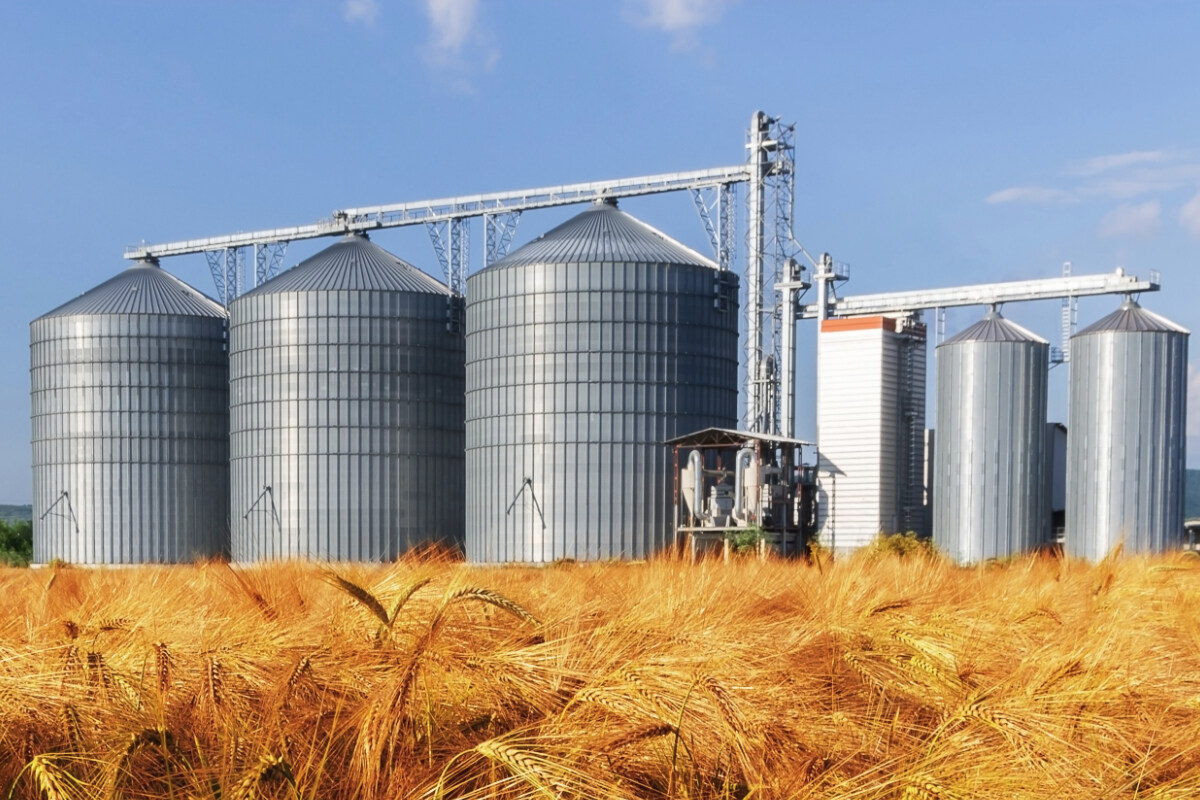
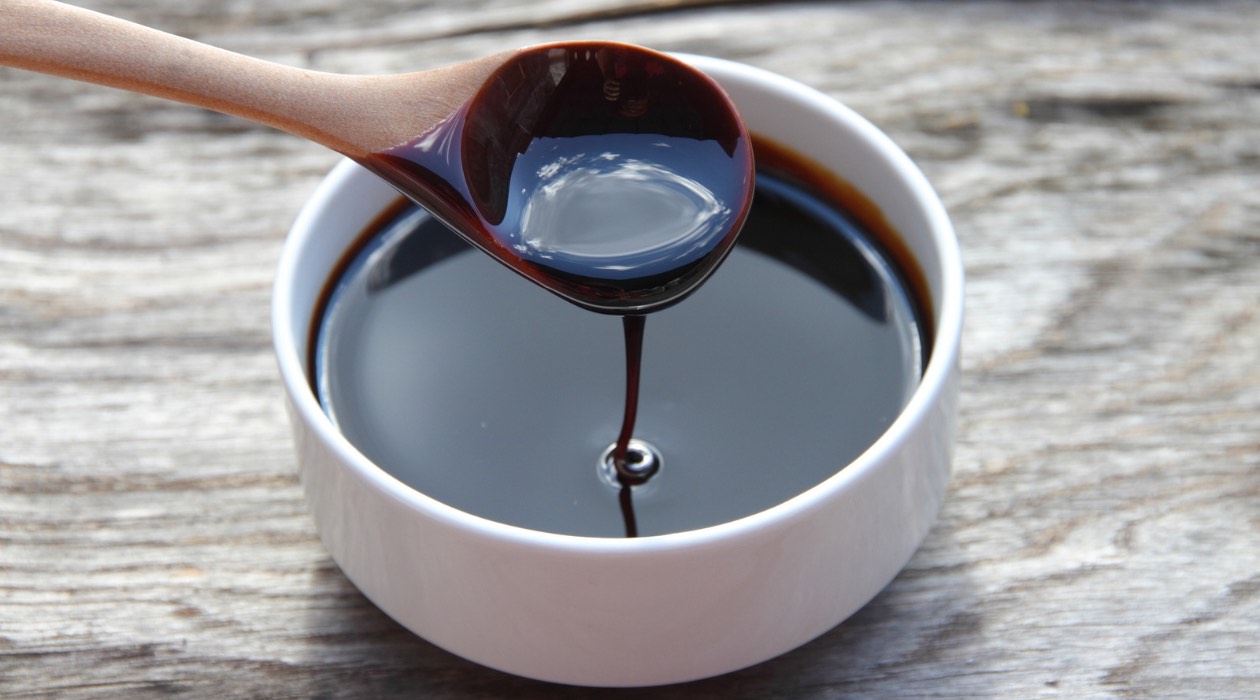
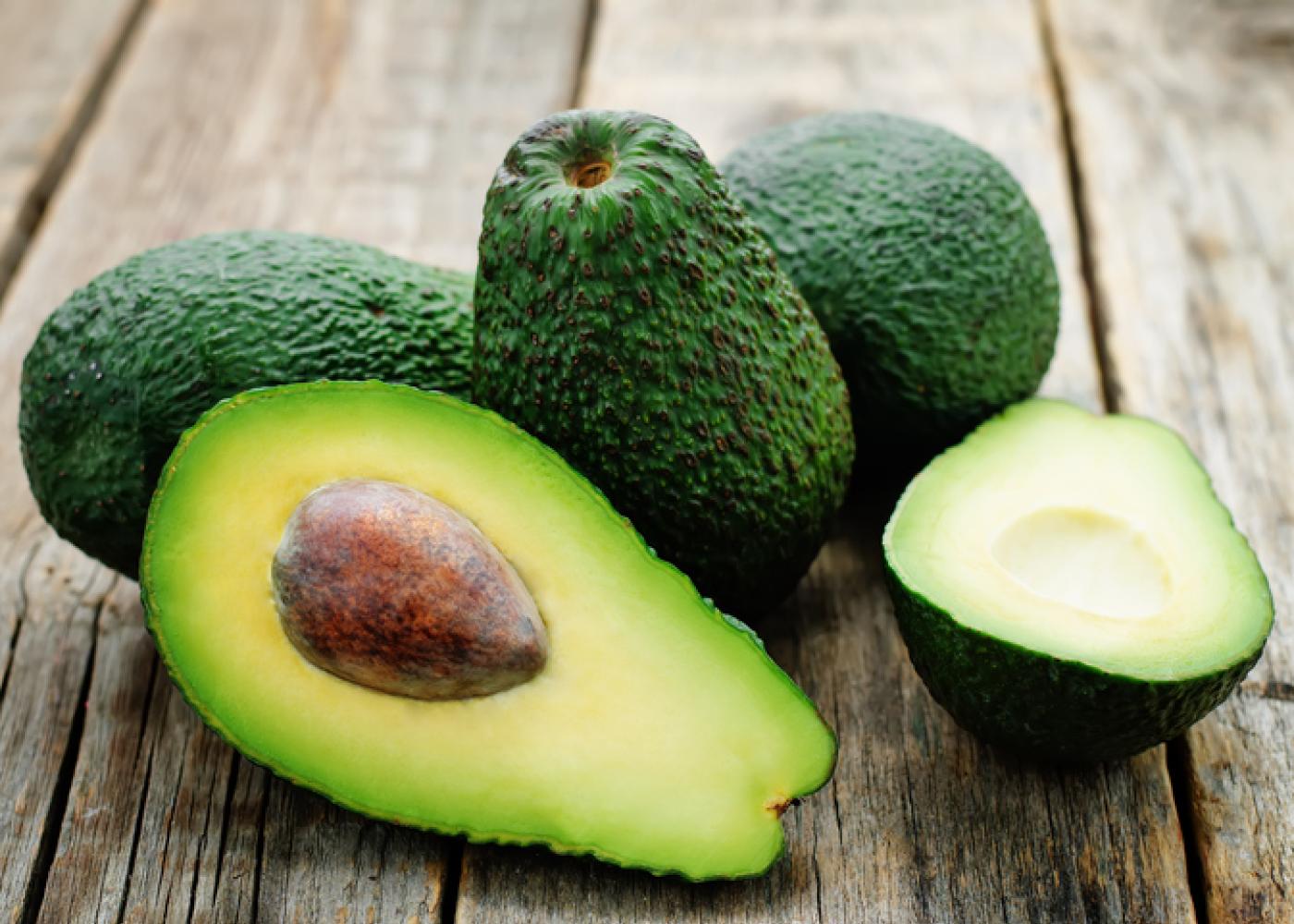

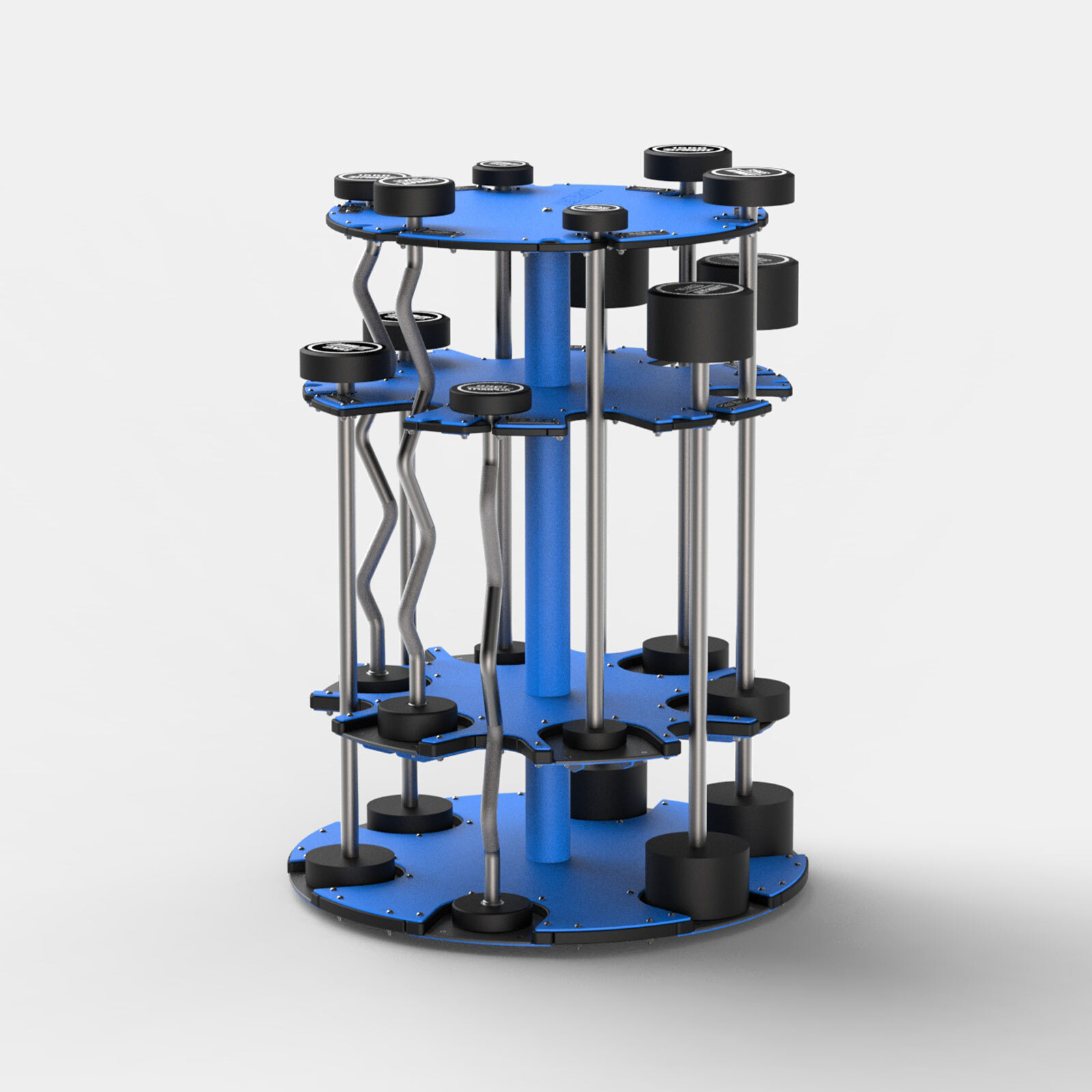
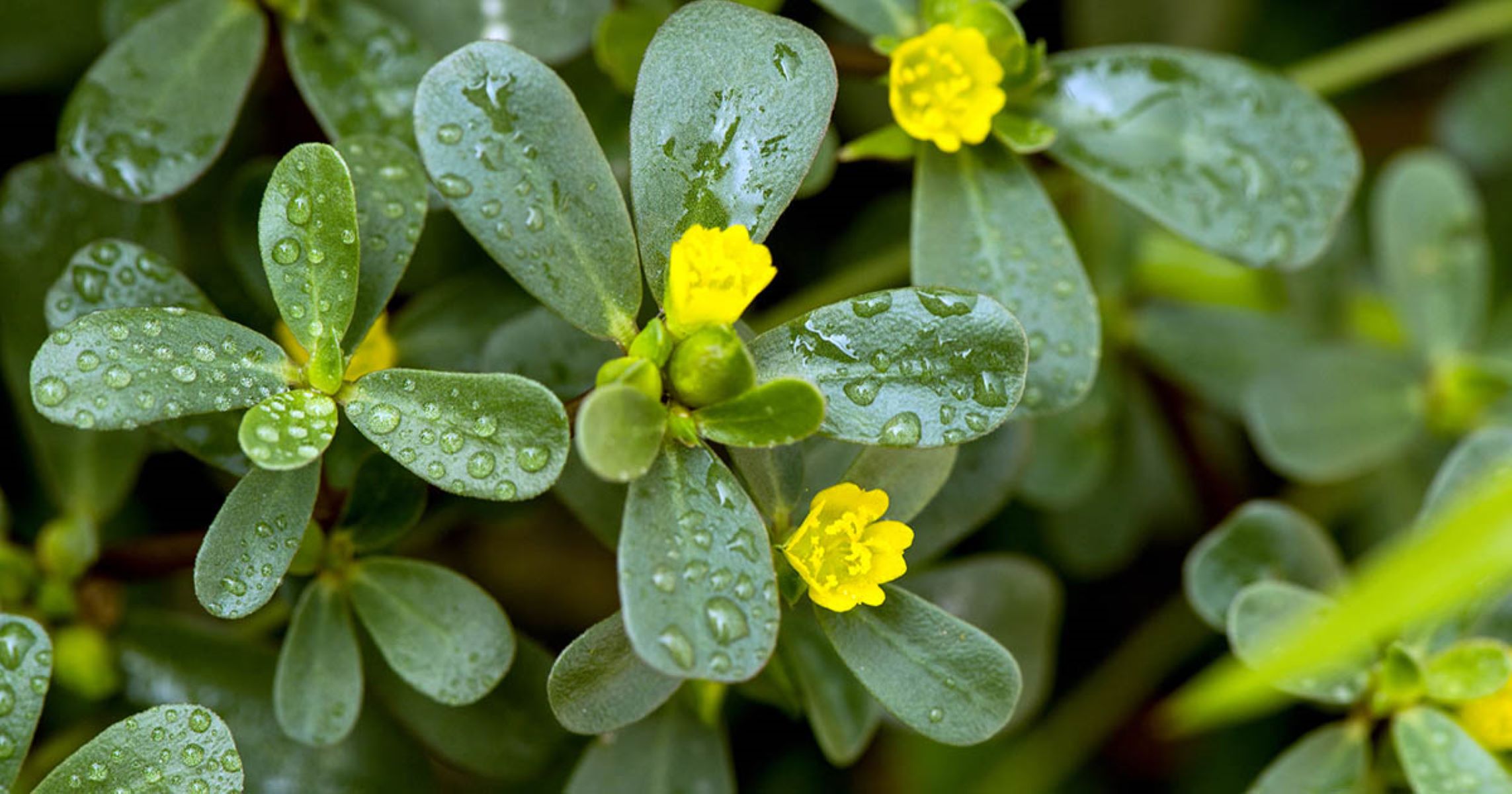

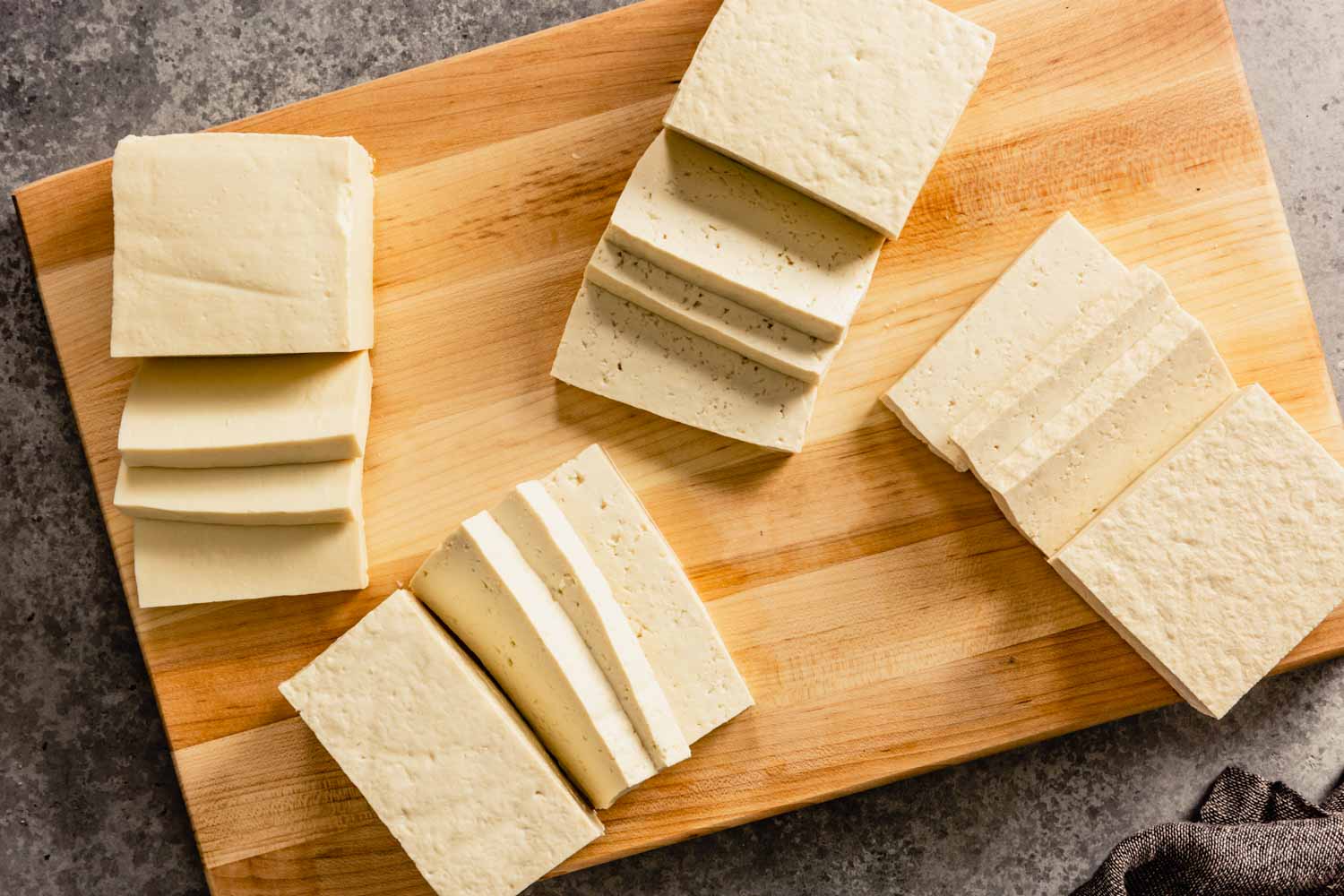
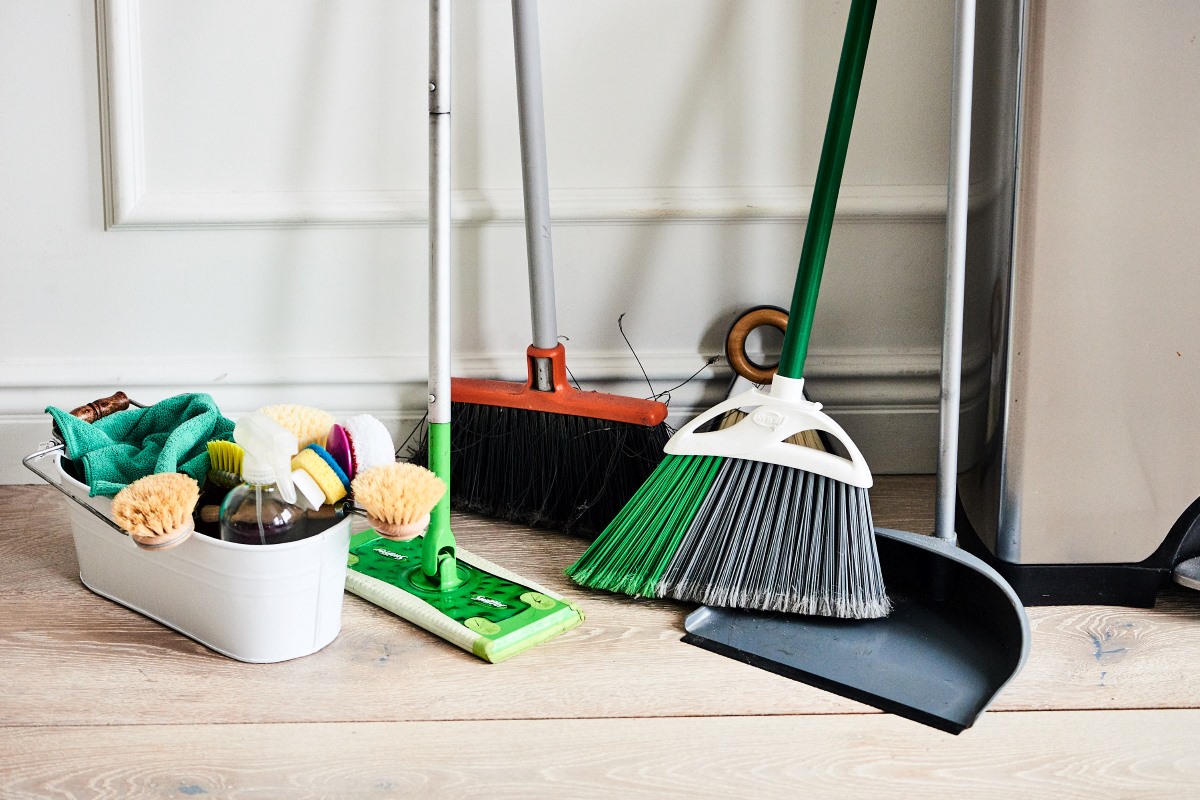

0 thoughts on “How To Store Yams”